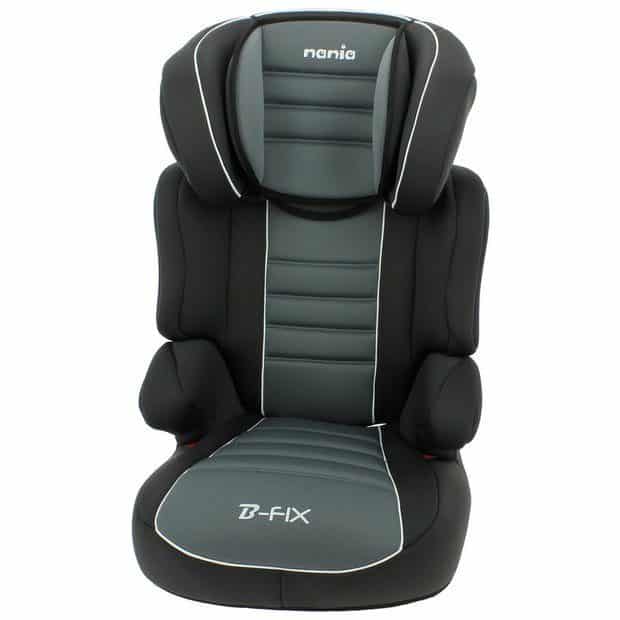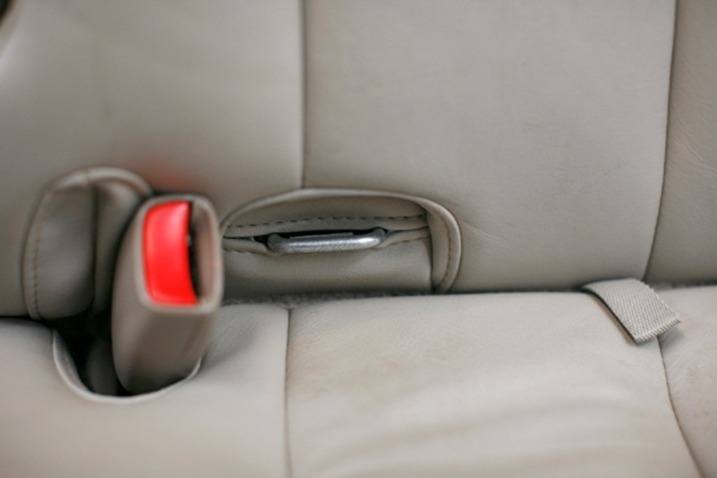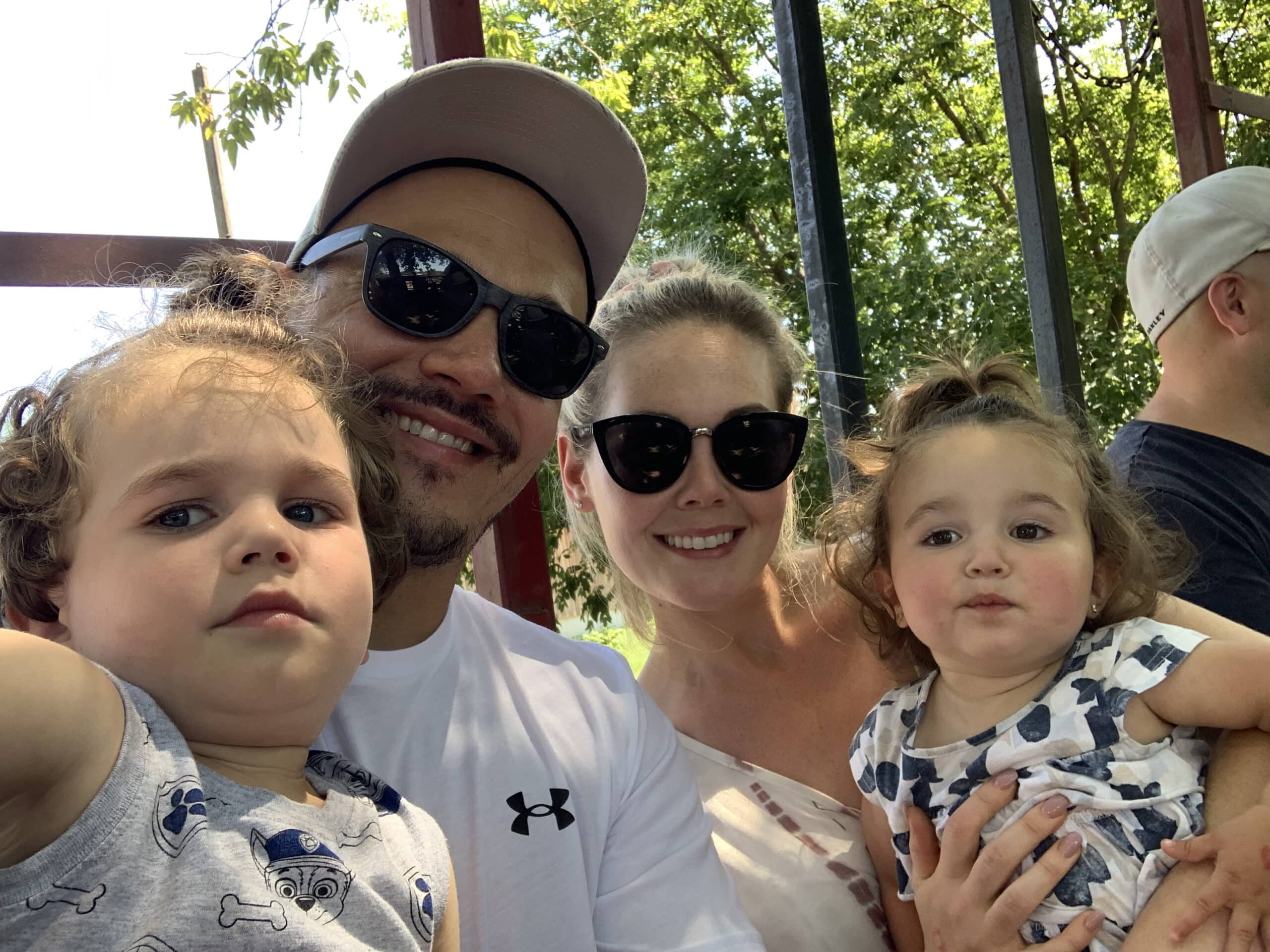A booster car seat is a forward-facing child passenger restraint system that is used for children who have not attained the minimum weight and height allowed for the use of the car’s seat. It is appropriate for children who are between four and eight years old.
There is a variety of booster car seats in the market, each with merits and demerits that one has to consider. The various brands available all have distinguishing features that set them apart as well as similarities.

Installing Booster Seats
Manufacturer instructions regarding installing of a booster seat must be followed keenly. Although the installation of the different types of car seats is facilitated by the same mechanism, each has finer details that must be followed to ensure proper functioning of the system.
Advancements in the automobile industry, have prompted car seat manufacturers to produce different types to cater to the needs of the market.
Regulatory bodies in the transport sector have also proposed modifications to the earlier types of car seats available, which led to the introduction of the LATCH system.
This abbreviation stands for Lower Anchors and Tethers for Children. They are provisions that allow one to anchor their booster or any other type of car seat. The process of installation has been noted to be natural in some cars and complicated in others.
Booster car seats need to be anchored, but the car model will determine if this is possible or not. Latching the seat into place requires one to pay critical attention to the directions provided by the manufacturer on the manual.
Anchoring a car seat comes with multiple benefits which is why it is crucial for one to understand the various steps involved. Straps from the child restraint system are connected to metal anchors placed at different points in the vehicle. This system is set up as follows:
Lower anchors
These are a pair of metals that are U-shaped placed strategically in a car’s seat gap. Straps with a connector at the ends are incorporated in the designs to connect the child car seat to the lower anchors. Some booster car seats have a fixed anchor connector that is not attached to a flexible strap.

Image credit: Edmunds.com
Tether anchors
They are usually a ring or bar of metal found behind the automobile seat. Child safety seats that are front-facing are designed to use the lower anchors and top tethers.
Straps
These are put in place to connect the child’s car seat to the vehicle. They provide restraint necessary to secure the child’s booster seat in place. All forward-facing child restraint system such as the booster seats that are designed to work with the lower anchors come with two types of straps.
The tether strap which comes from the top of the child passenger restraint system with a hook at the end which connects with the tether anchor on the floor of the vehicle is the first type. The second set of straps is those which interlink the car seat with the lower anchors.
When locating either the lower or tether anchor, it is essential to have the car’s manual with you to ensure that you do not mistake a cargo hook for any of the above. When using the LATCH system to install the child passenger restraint system, the car’s seat belt is an unnecessary addition.
This is because the anchors and tethers perform the same function as the seat belt making its addition irrelevant. Also, using both the LATCH system and the vehicle’s seat belt may affect the performance of the child restraint system negatively.
Although using the car’s seat belt and the LATCH system at the same time is discouraged, some models are designed to accommodate both. It is essential to check the manual that comes with the child’s car seat to ensure proper installation.
When shopping, one of the crucial questions that one must ask is; do high back booster seats need to be tethered? Once it has been answered to satisfaction the features to look out for will be clear. Some of the things that one should take into consideration are:
- Height of the child: this element is essential as it guides one on which type of booster system is ideal for their needs. The dynamics of the child restraint system to be bought will rely on this by a considerable percentage.
- Weight of the child: a manufacturer indicates the ideal weight that a child ought to have when using a particular seat. Although booster seats are known to accommodate heavier children, it is vital that confirmation is made regarding weight. This is essential in ensuring that the car seat acquired functions as required.
- Type of vehicle: Some vehicles lack the primary parts that are necessary for the installation of car seats. Older model vehicles are not compatible with most of the booster car seats available in the market currently.
Conclusion
There are other features that one ought to review before buying a booster car seat other than the above. Research must be done as well as consultations with the necessary experts to ensure that a suitable seat is bought.

Steph is a passionate mom who co-founded Wumblers to share her parenting journey with others. She graduated from Concordia University with a masters degree in Education Technology and worked as an advisor for many years. Steph loves being a mom and wants to have more kids.
Learn more about Steph and Wumblers here.